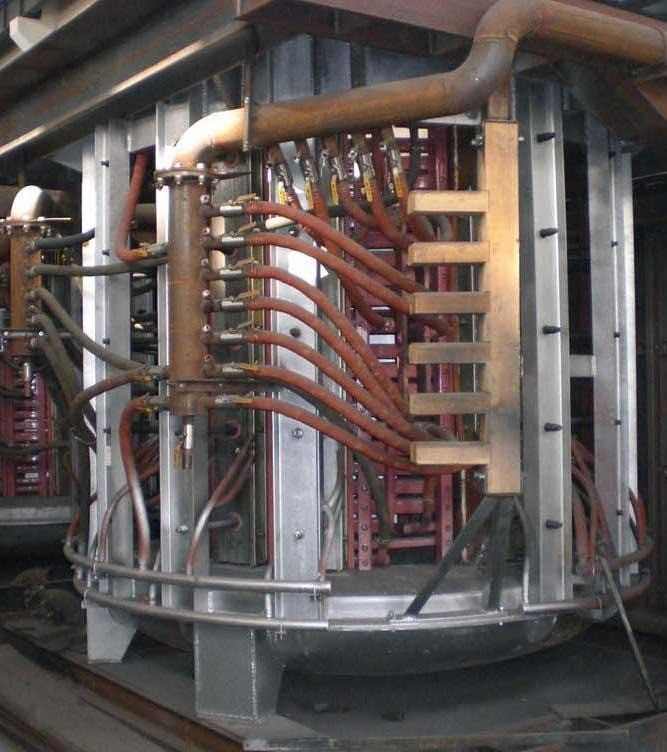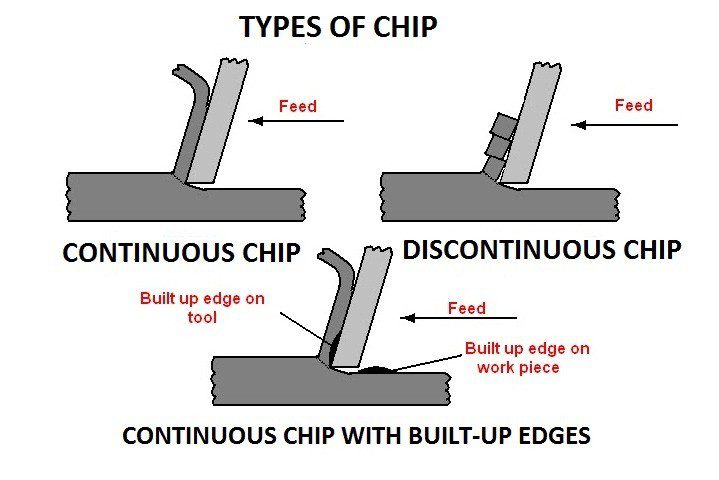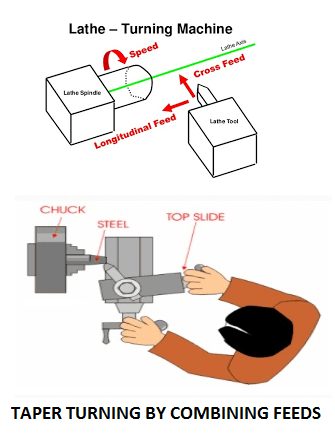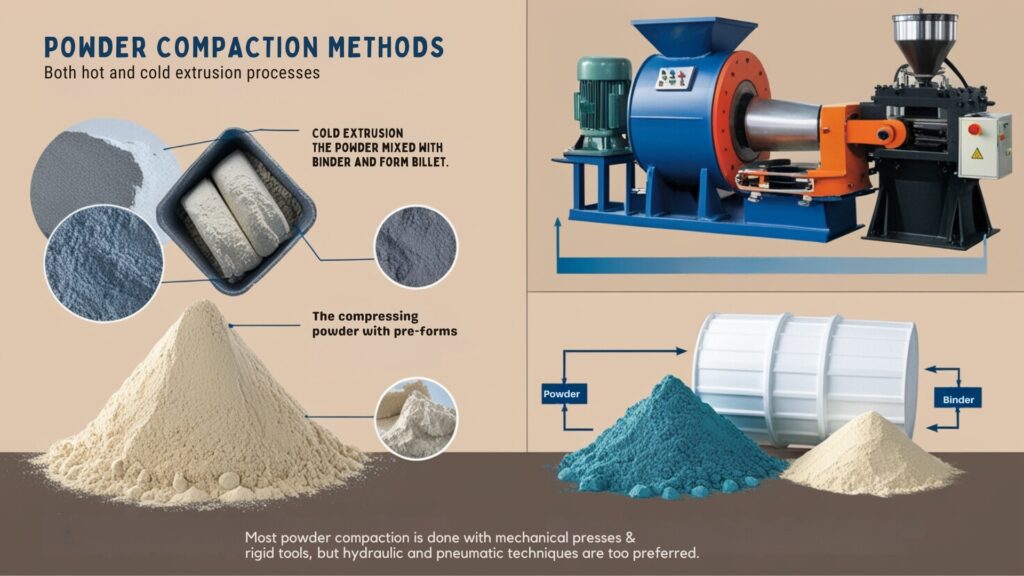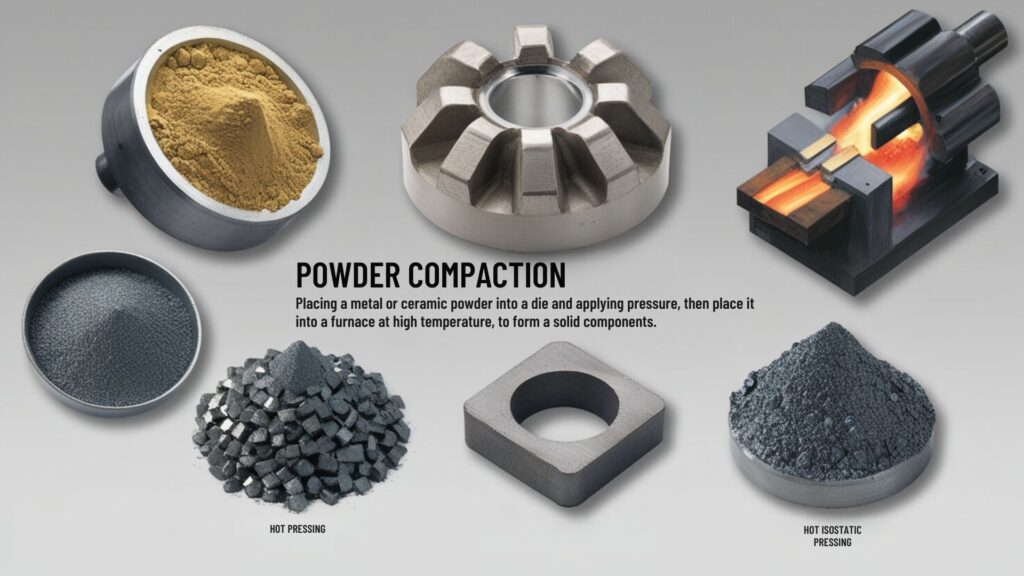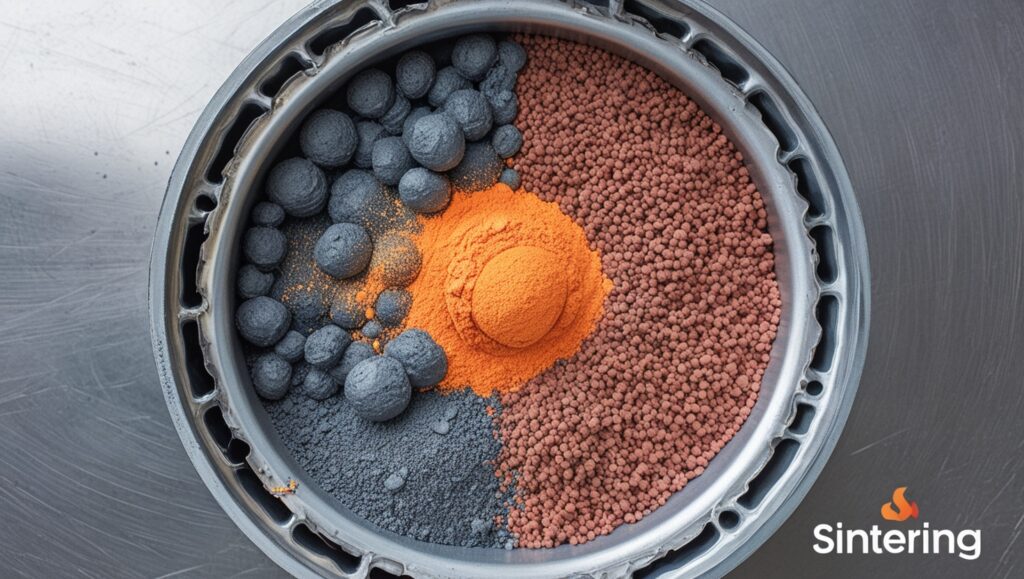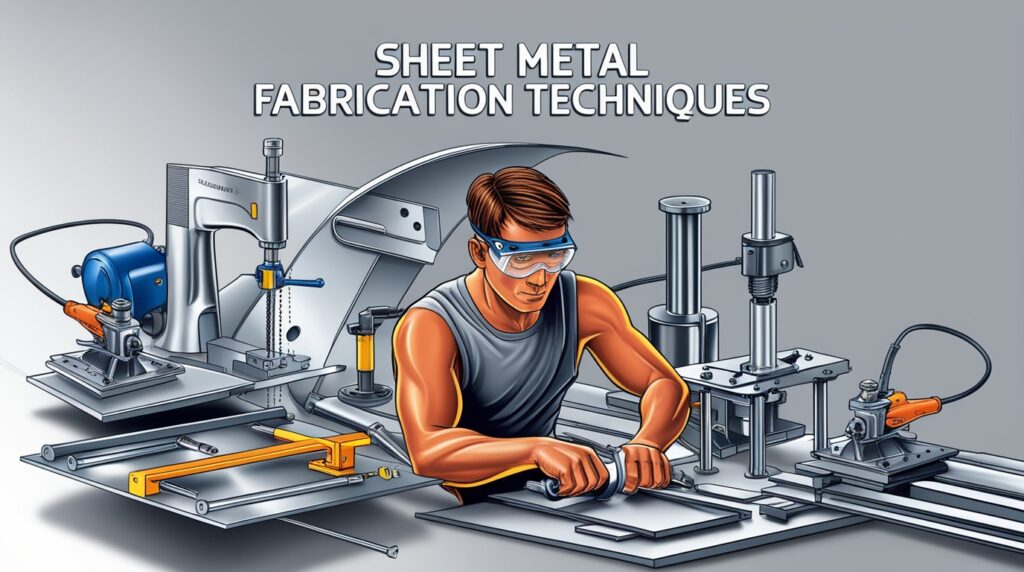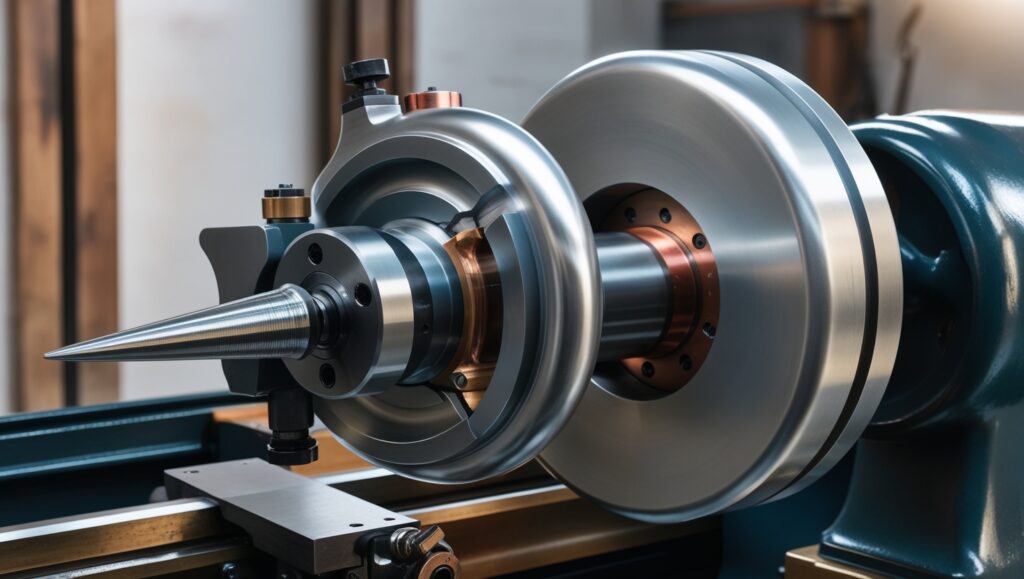Coreless Induction Furnace
Introduction to Coreless Induction Furnace Coreless induction furnaces represent a significant advancement in metal melting technology, offering unprecedented efficiency and precision in metallurgical processes. These furnaces utilize electromagnetic induction to heat and melt metal, revolutionizing the foundry and metal processing industries. As we delve into the intricacies of this technology, we’ll explore its principles, applications, and the profound impact it has on modern manufacturing. Principles of Coreless Induction Furnace are: 1. Electromagnetic induction 2. The joule effect Electromagnetic induction Electromagnetic induction transfers energy to the material to be heated. In a variable magnetic field, any electrically conductive material is a place with which induces electrical currents, called eddy currents, eventually contributing […]
